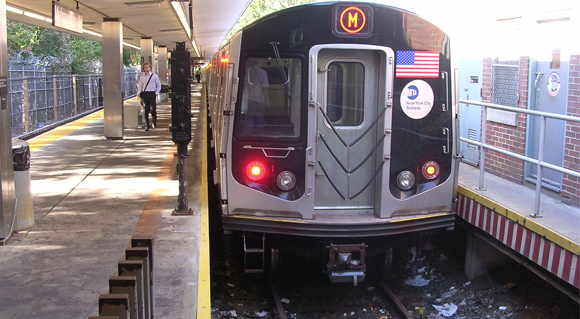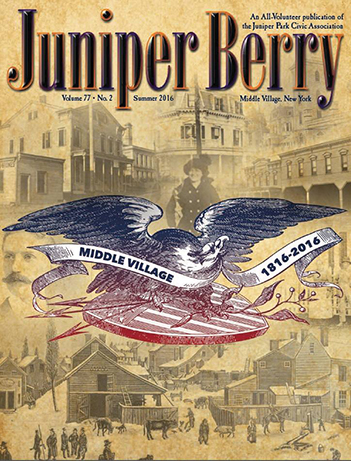It was announced in late March that the MTA will be shutting down various parts of the M line for 10 months starting in summer 2017 in order to rebuild a bridge and viaduct. This project was prioritized in order to allow for increased ridership on the M line before the anticipated L train shutdown which is expected to take 2 years.
For Middle Village and Ridgewood, a seamless subway ride will be unattainable for about a year. The stops between Metropolitan Avenue and Broadway-Myrtle will be completely closed for the first 2 months. After that, service along the line will resume, but the Knickerbocker Avenue and Central Avenue stations in Bushwick are expected to stay closed. Bus shuttle service between Myrtle-Wyckoff and Broadway-Myrtle will be provided. If this sounds like a logistical nightmare, that’s because it is.
The long awaited replacement of the LIRR bridge at Fresh Pond Road and Metropolitan Avenue – which will require a year-long narrowing of Metropolitan Avenue to one lane in each direction – is expected to be underway during this time. Published reports indicate that phase 1 of the bridge replacement will be completed by the summer of 2017, with the M train project also starting in the summer of 2017. Will the timelines overlap? What if there is a delay? How will this affect shuttle bus and regular local service since they have to pass through this point? The bridge project was supposed to have been finished years ago and if it is not done before the M train outage, this will turn a big problem into a gigantic one.
Below are some ideas which we want to see the MTA and DOT explore and implement in an effort to ameliorate the coming headache:
• Determine if the “Ridgewood Busway” between Fresh Pond Road and Palmetto Street can be utilized to speed up bus transit time. This project involves using the right-of-way beneath the elevated M tracks as an exclusive road for buses, including the Q58. This idea was first put forth by the MTA in 2013 and money has been budgeted for it. Are they moving forward with it? Where are they in its implementation? Our elected officials need to find out.
• Anyone who has taken the weekend shuttle buses knows what an inconvenience they are as they stop at each subway station and are overcrowded before they even get to the second stop. Buses should therefore be dedicated to each station and only make 2 “express” stops at subway transfer stations: Myrtle-Wyckoff for the L and Myrtle-Broadway for theJ/M. This would reduce the amount of time needed to get to a subway connection. A local shuttle bus that stops at each station can also be employed for those that start and end their travel at closed stations. (If these shuttle buses were to travel along the Ridgewood Busway, it would be a much quicker ride.)
• The MTA has already announced plans for a shuttle bus that will start at Metropolitan Avenue and stop at the Jefferson Street station on the L line and the Flushing Avenue station on the J/M line. Local bus service on the Q38 and Q67 routes should also be increased as both service the Metropolitan Avenue station as well as alternative M train stations in other neighborhoods (Elmhurst, Rego Park and Long Island City).
The frequency of QM24 express buses should be increased with the MTA charging the regular $2.75 fare and not the $6.50 express fare during the construction period.
• Alternate side parking rules should be suspended throughout the CB5 district for the duration of both the M and L repairs. Many people will be trying to park near the L train while the M is out and close to the M train when the L is down. This will cause a big problem for both commuters and those residents of Ridgewood who already find it hard to park on alternate side days. Much of the area now has alternate side rules a burdensome 4 days a week.
Some questions that need answers:
Why was the L train announcement made back in January but the M train announcement made 2 months later, when it is the M construction that is happening first?
During Council Member Elizabeth Crowley’s talks with the MTA regarding her highly unlikely light rail idea, was this immediate problem ever a topic of conversation? What is she proposing to help her constituents get around?
What about the state elected officials? When did they know about this and what demands have they made to make the commutes of their constituents easier?
We live at the “end of the line” in what is considered to be a transit desert and should not be expected to take this major inconvenience lightly. The MTA has promised to provide “robust” shuttle bus and subway service during the construction, and if they are truly serious about that, the suggestions we have made should be implemented in order to help them accomplish that goal.




